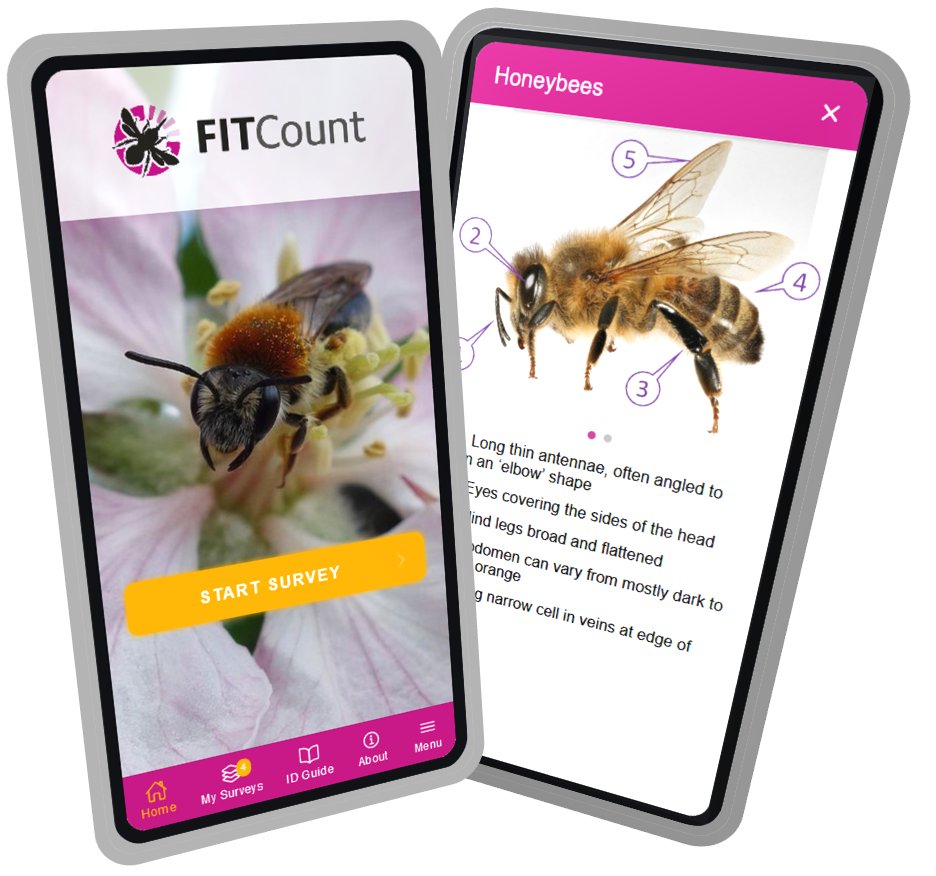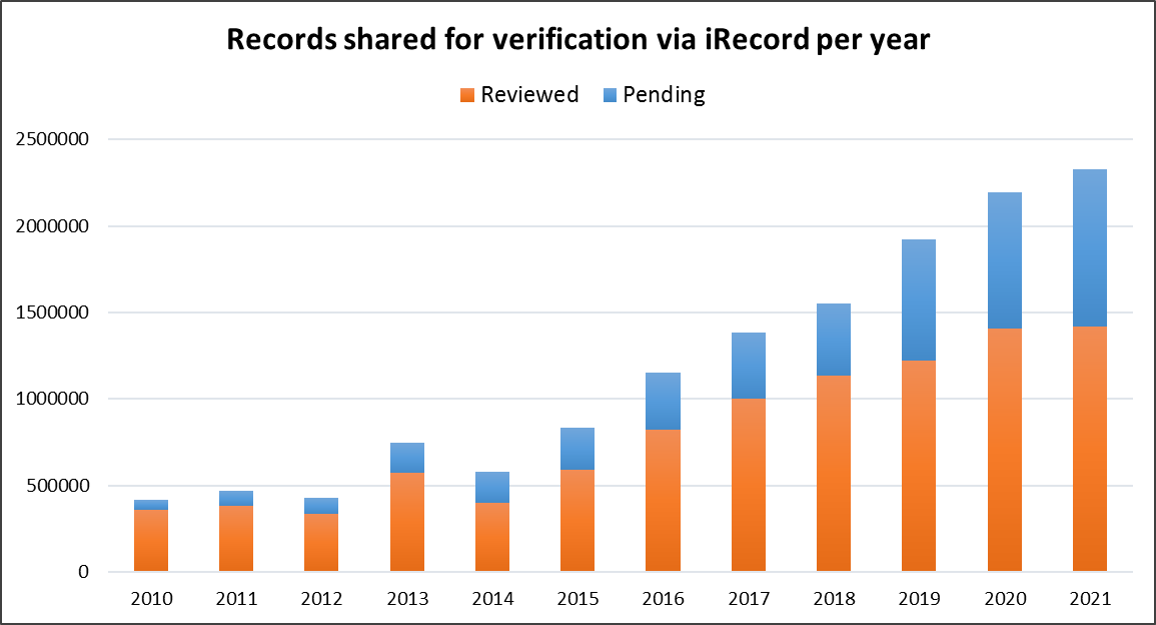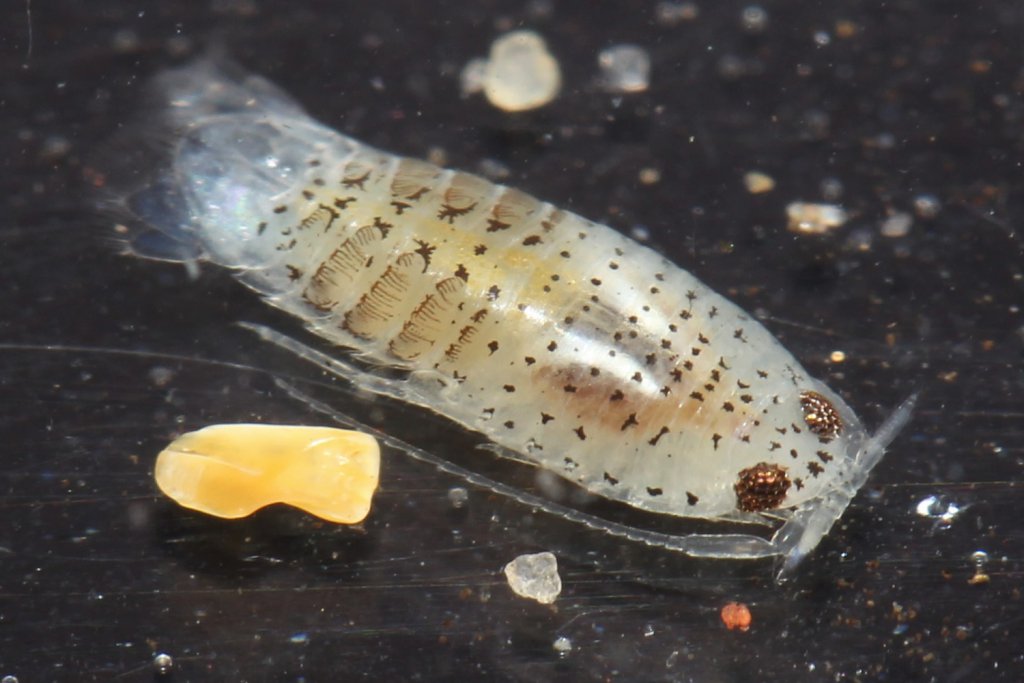By identifying and recording plant species, you can help scientists and conservationists protect and restore biodiverse sand dune habitats in England and Wales, using this app.
With a beautiful range of habitats, coastal sand dunes are home to some amazing wildlife – including butterflies, lizards, toads and orchids. As a citizen scientist, you’ll help researchers gather vital sand dune habitat and species data to help strengthen the understanding of what’s going on in coastal sand dune environments, and to help improve the conservation work that is being done.



